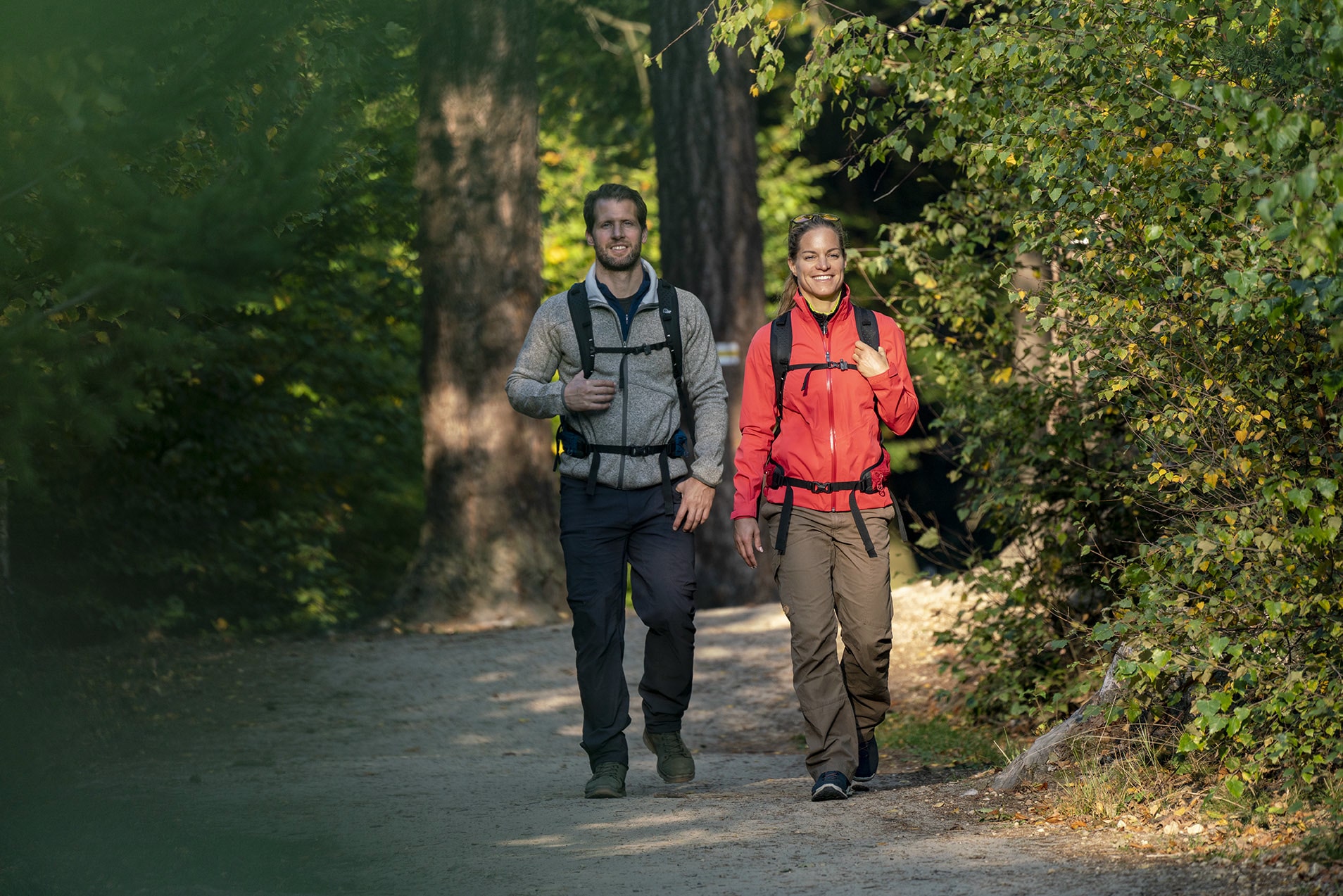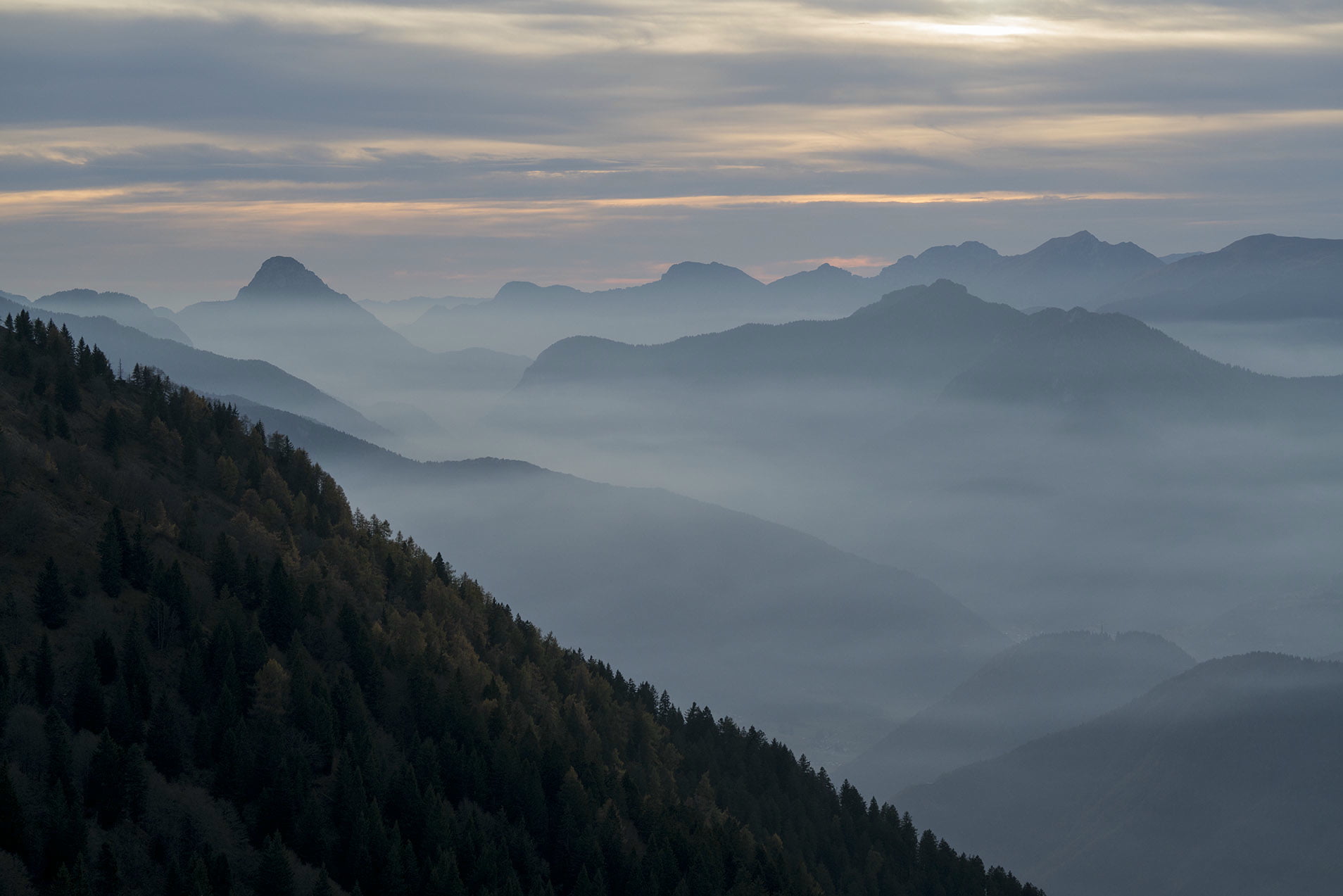Not everyone is a born hiker and not everyone is equally fit. And as there are different levels of difficulty for hiking tours, you should carefully consider the following two questions in advance: 1. where do I want to go? 2. How far do I want to go?
Hiking in nature is beautiful, fun and creates unforgettable experiences. To ensure that these unforgettable experiences remain positive memories, we have put together some tips to help you plan your tour and prepare for all eventualities.
FIND THE RIGHT TOUR!
BEHAVIOURAL GUIDELINES
Whether alone, in pairs or in a group, a hike in the great outdoors always harbours minor or major dangers that can be reduced to a minimum with the best possible preparation.
A VERY SPECIAL EXPERIENCE
Put on your hiking boots and just start walking! If you are planning a hiking tour on your own for the first time, you should follow a few simple tips. For a relaxed hiking experience, the following generally applies: find out about the route in advance, if in doubt, choose an easier tour first and make sure you have the right equipment with you.
INTERPRETING THE WEATHER: HOW TO CORRECTLY ASSESS THE WEATHER SITUATION
The weather can change quickly, especially in the mountains. In rain, storms, wind, fog and cold, the paths become dangerous. You should be careful and seek shelter in a hut in bad weather. The wildlife and nature will tell you whether there is bad weather in sight. Find out about the different types of clouds before your tour. If cumulus clouds build up and the fog intensifies, the weather will be bad. The same applies to thickening cirrus clouds and falling stratus clouds.
More tips & stories
-
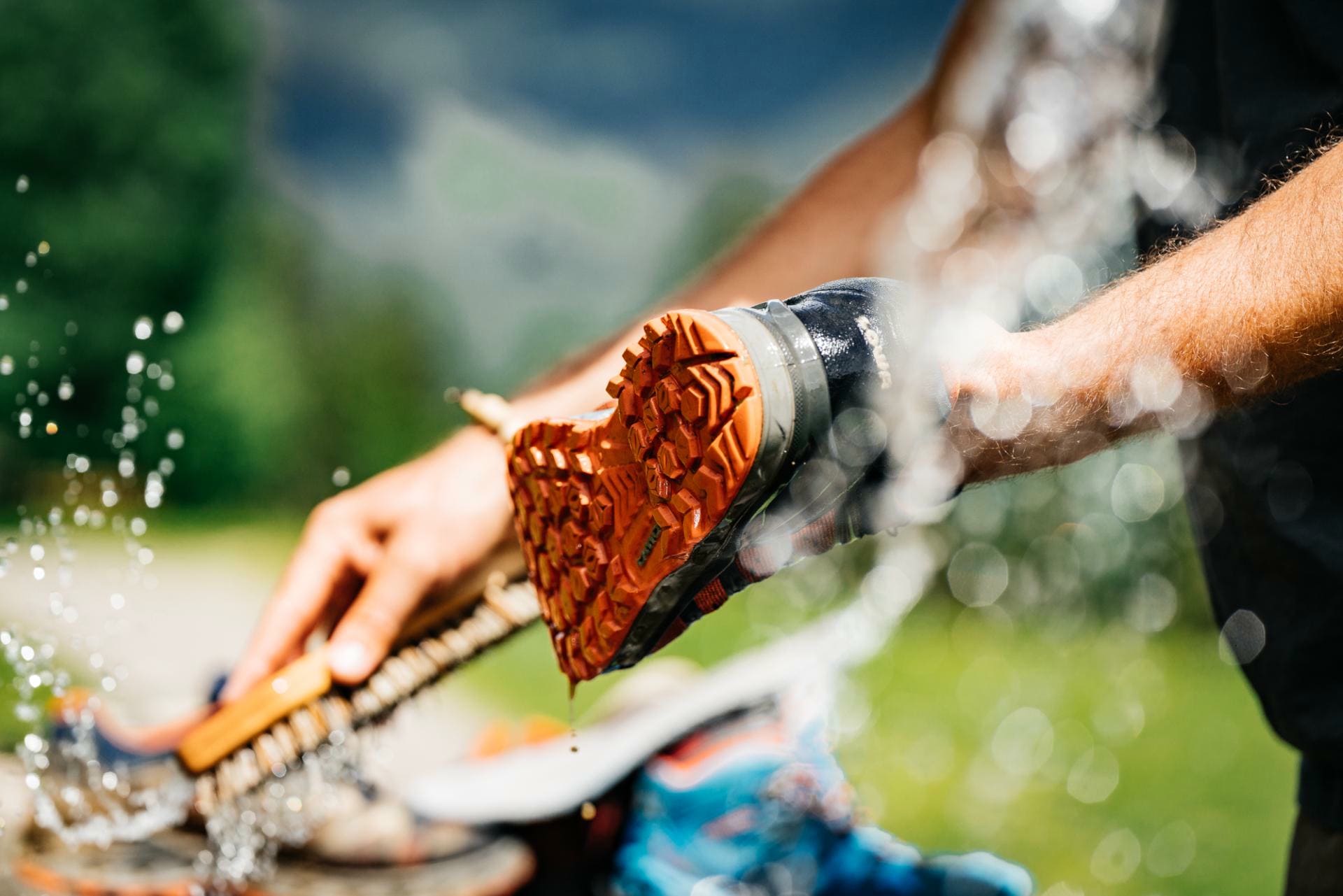 Care tipsMore
Care tipsMore -
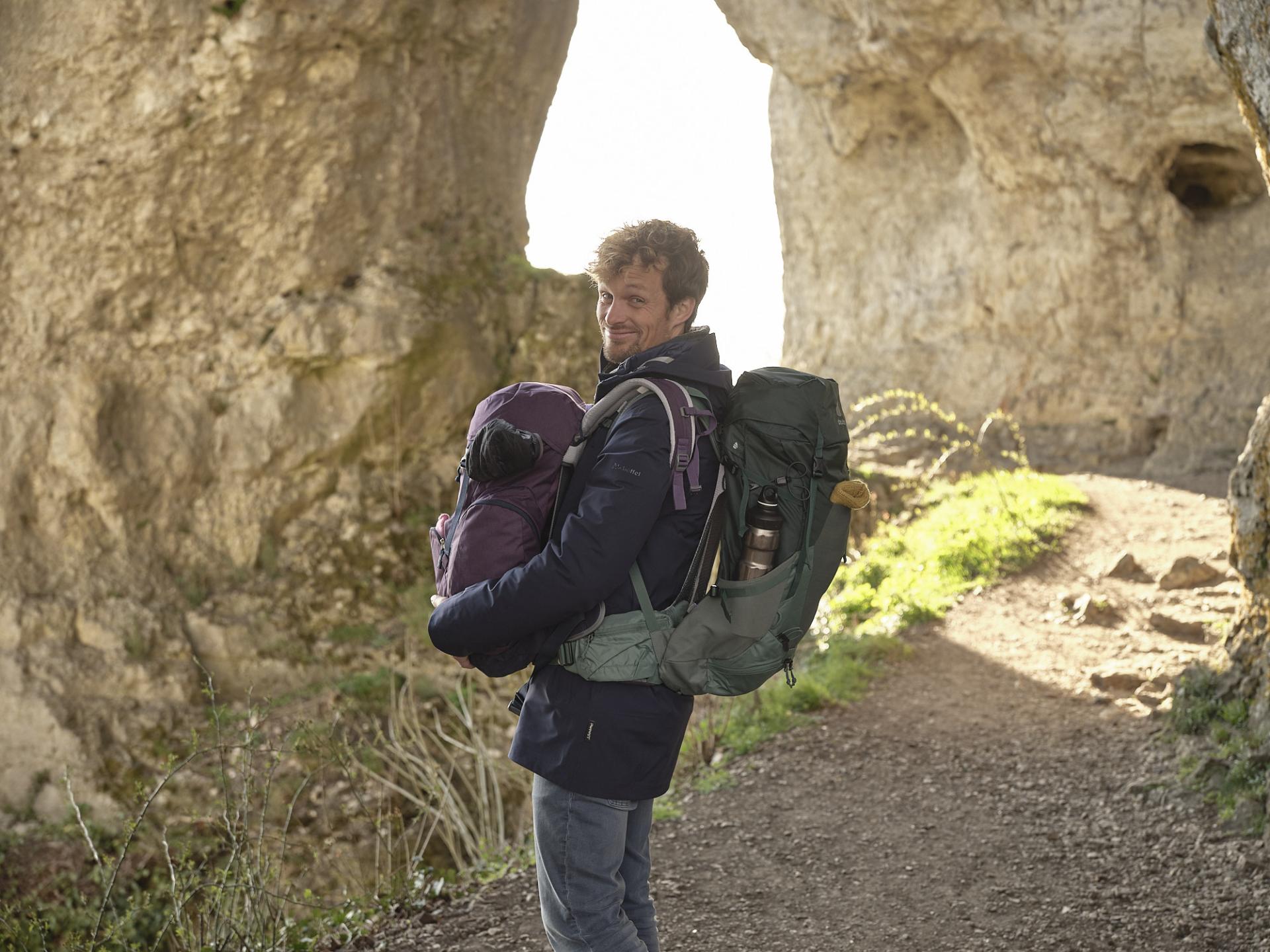 Equipment tipsMore
Equipment tipsMore -
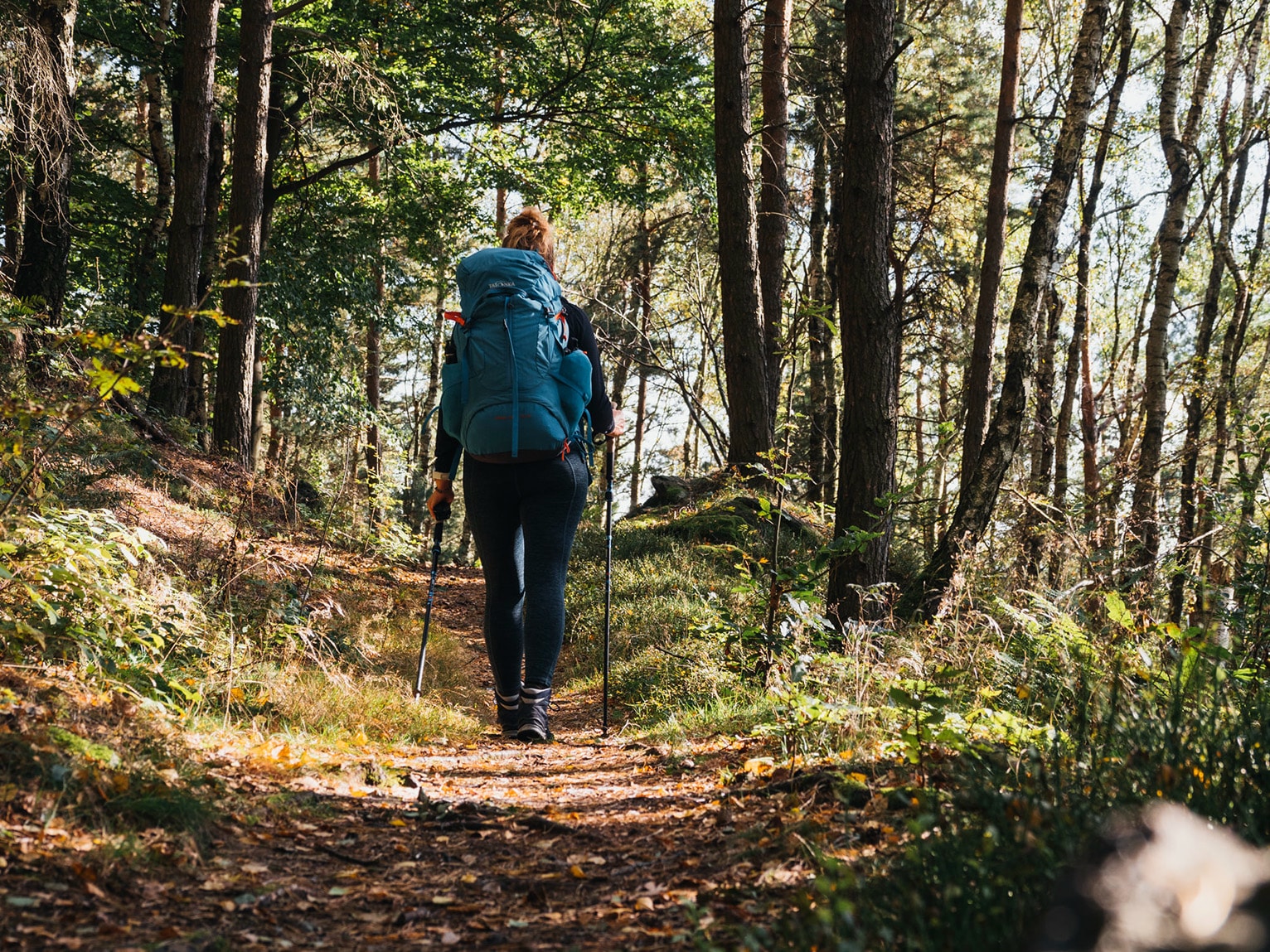 The first long-distance hike tips for beginnersMore
The first long-distance hike tips for beginnersMore -
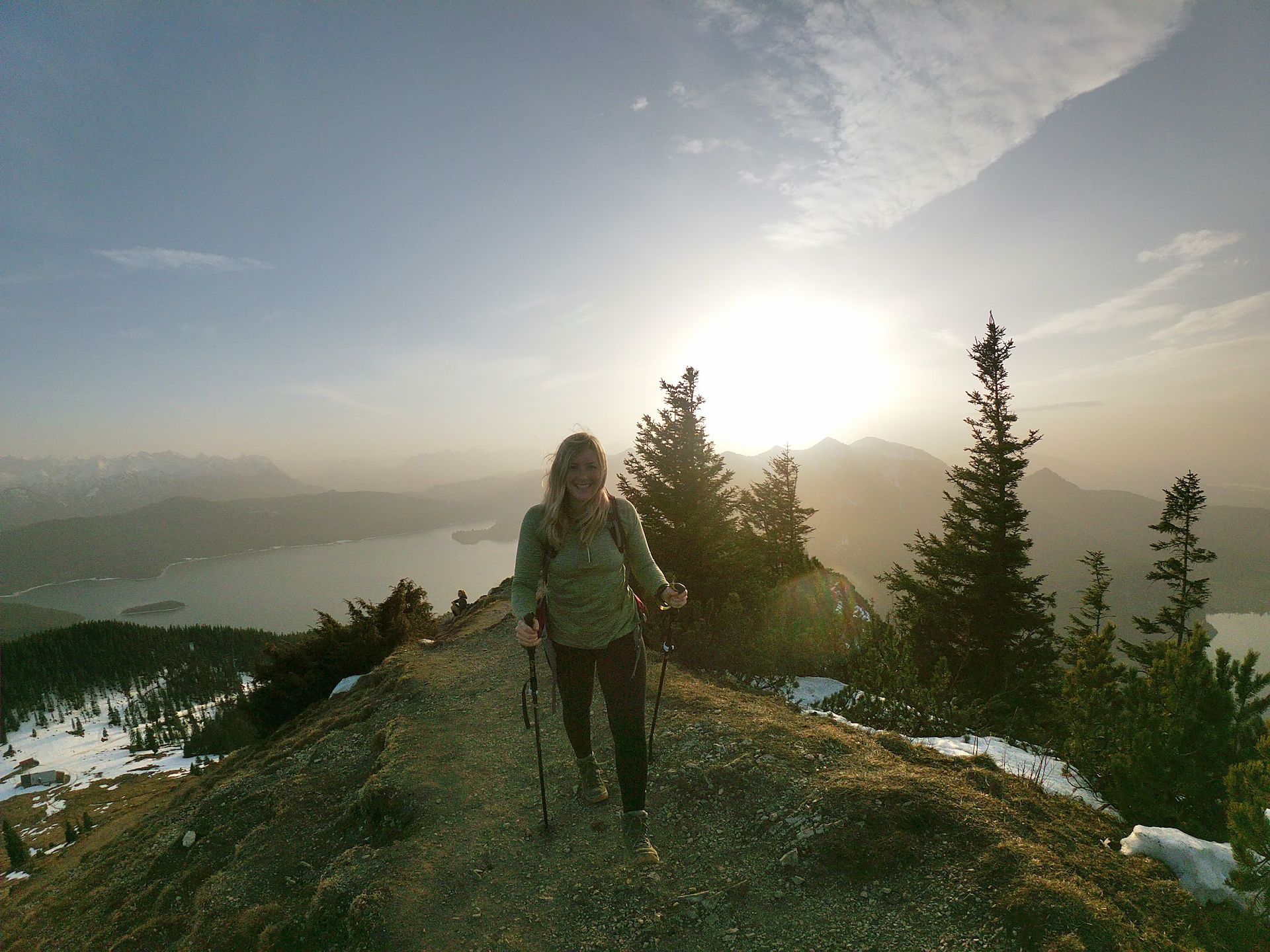 The microadventures of our adventurersMore
The microadventures of our adventurersMore -
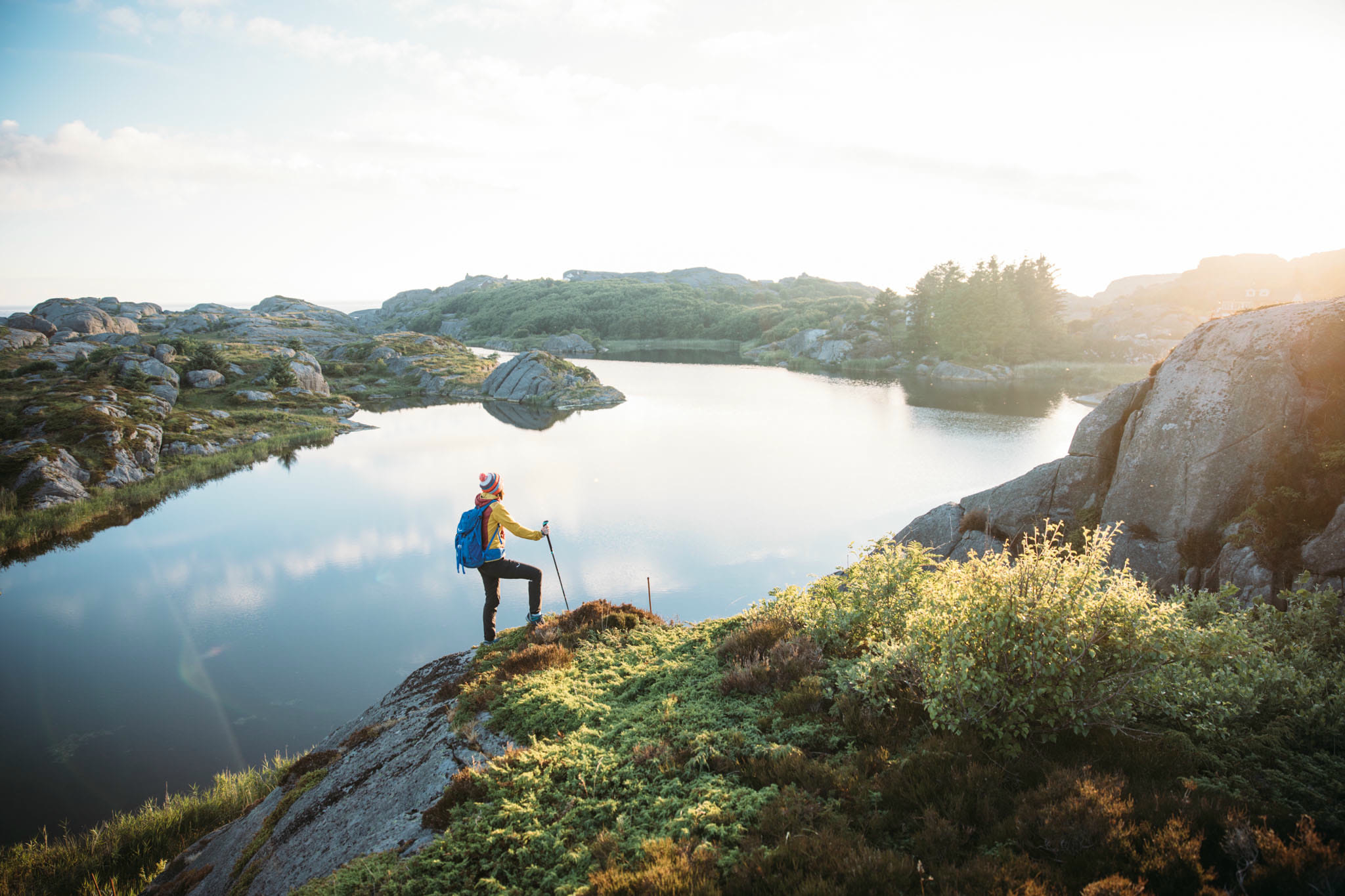 Hiking planning from A to ZMore
Hiking planning from A to ZMore -
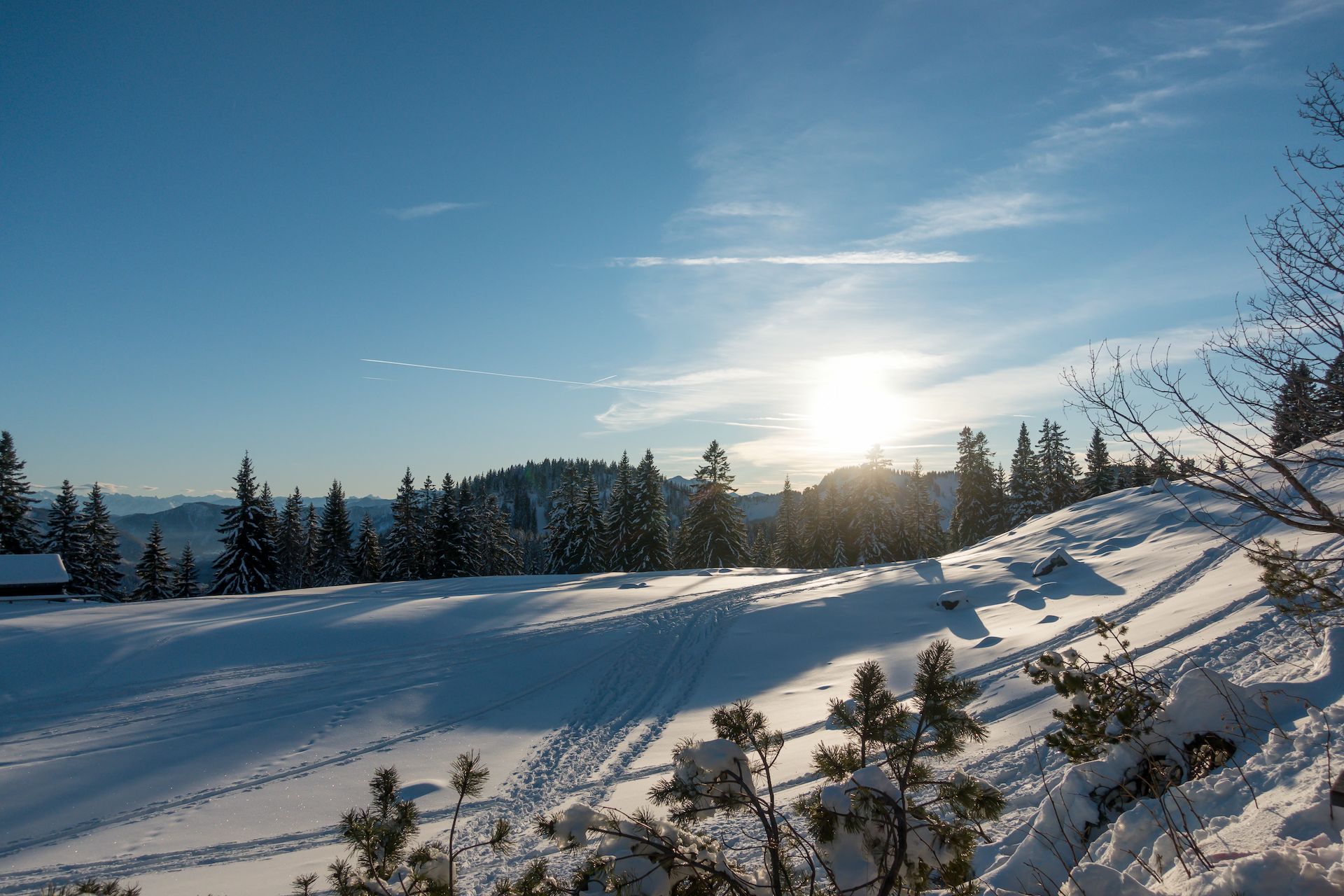 Stay fit through the winterMore
Stay fit through the winterMore -
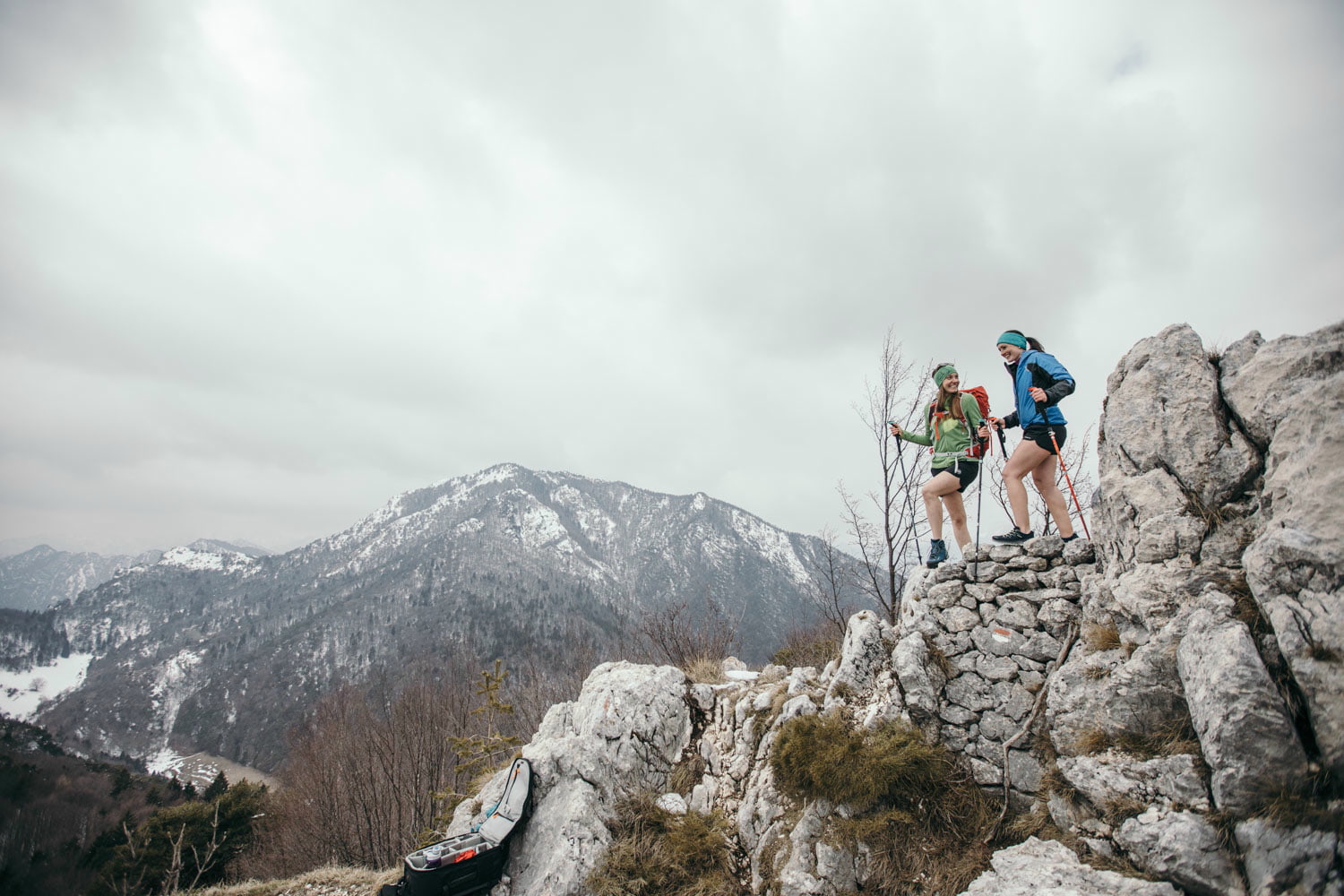 Women's hikesMore
Women's hikesMore -
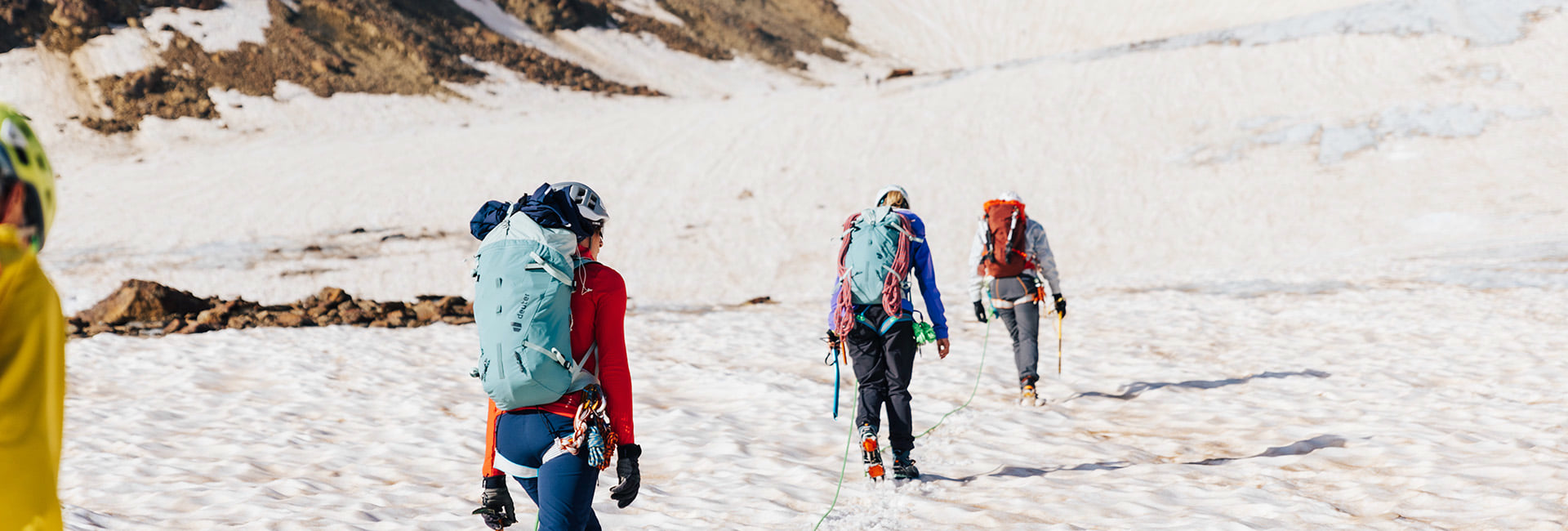 Mountaineering 101More
Mountaineering 101More -
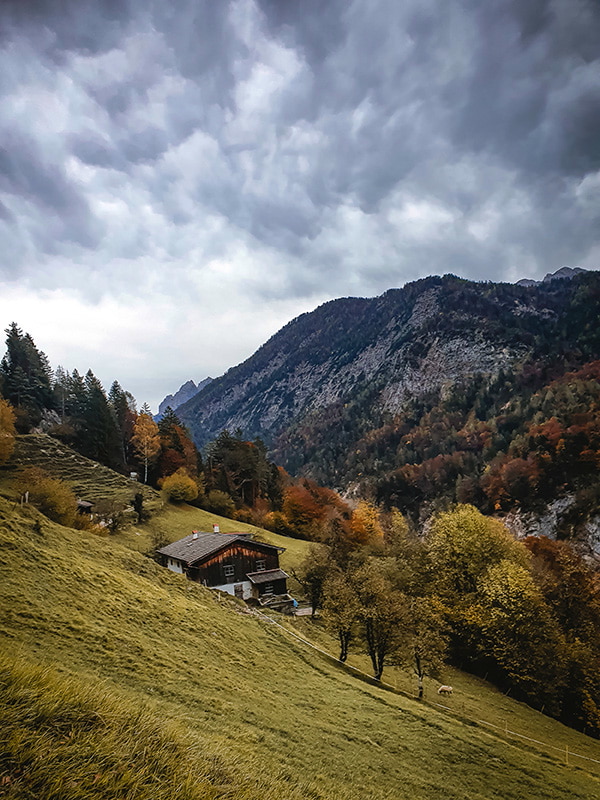 Hut hikesMore
Hut hikesMore -
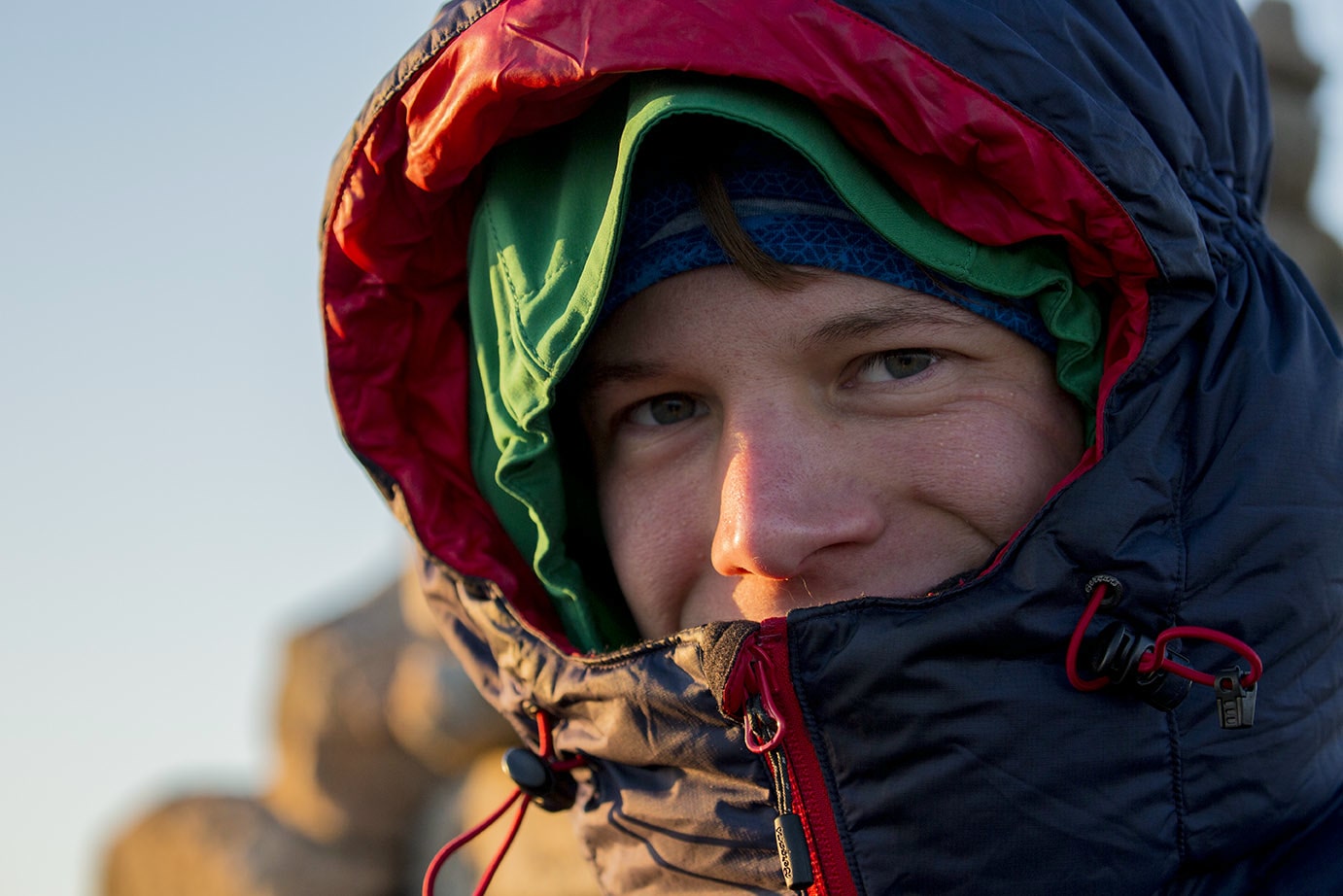 Clothing: Better too warm than too coldMore
Clothing: Better too warm than too coldMore -
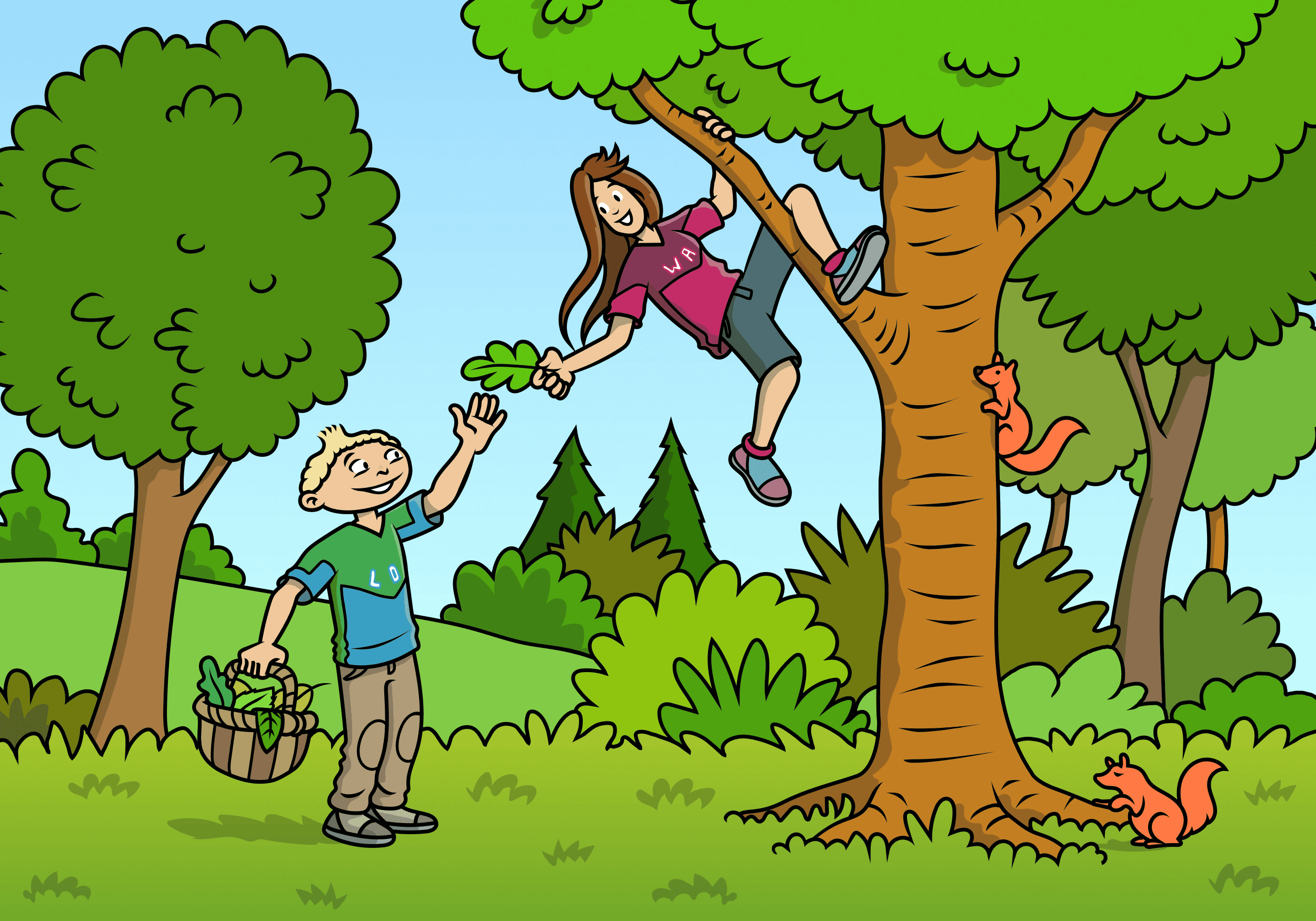 Discover nature with childrenMore
Discover nature with childrenMore -
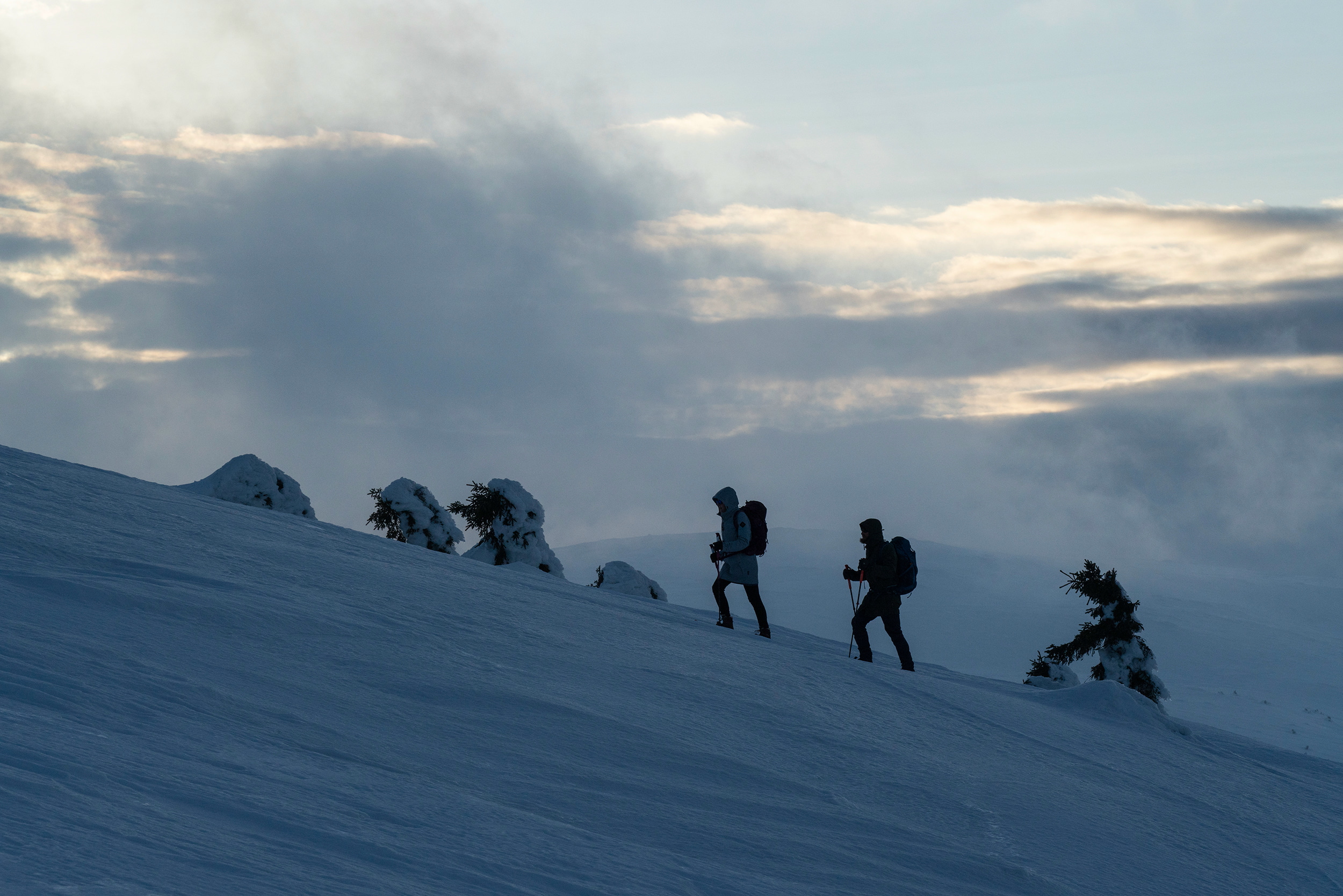 Winter hikesMore
Winter hikesMore -
 Warm up to get upMore
Warm up to get upMore -
 Hiking with children in autumnMore
Hiking with children in autumnMore -
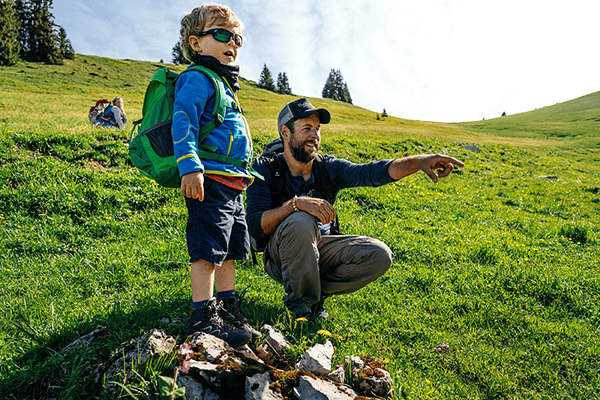 Hiking with childrenMore
Hiking with childrenMore -
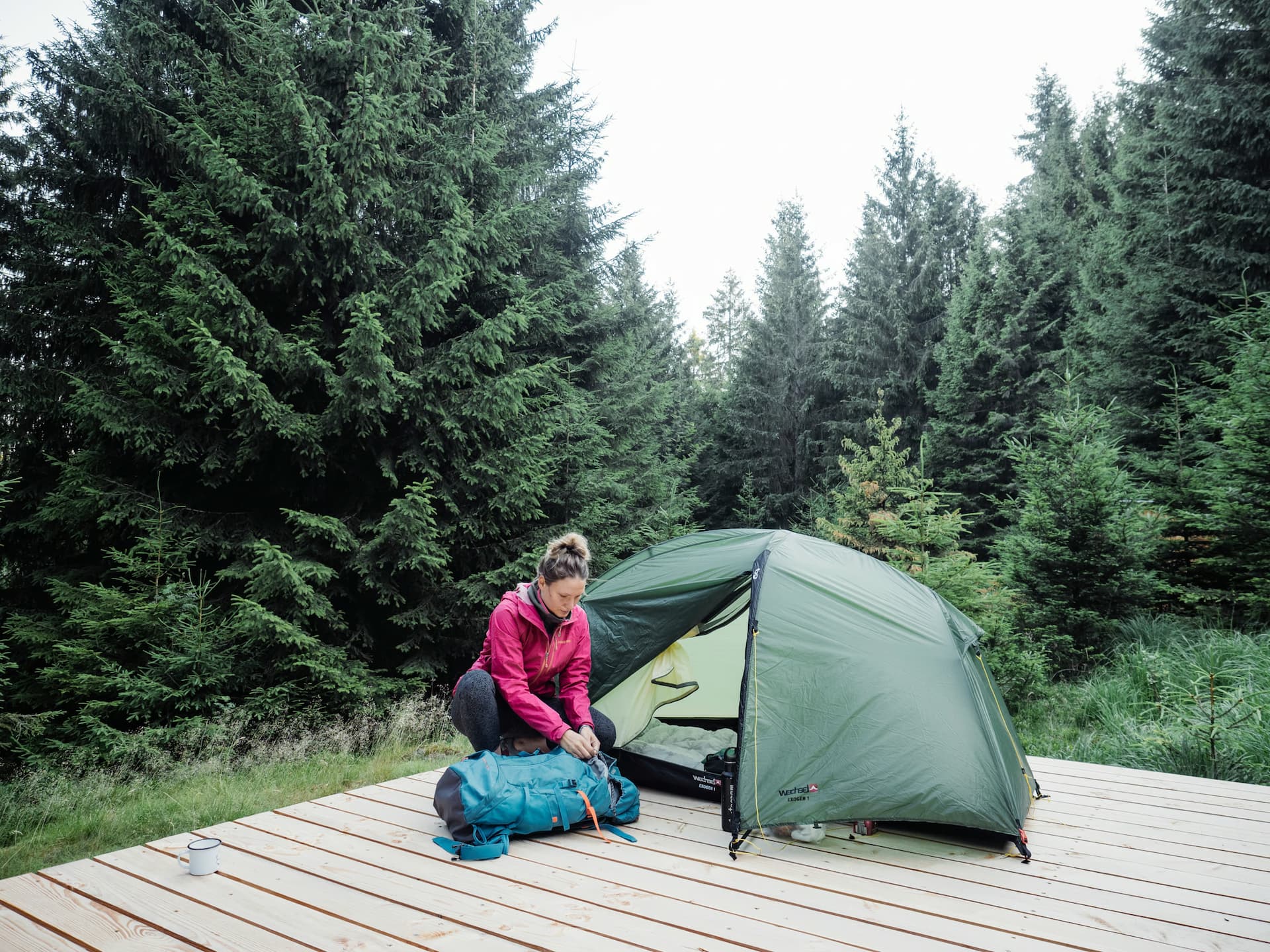 'Wild' camping: Tips for legal trekking in GermanyMore
'Wild' camping: Tips for legal trekking in GermanyMore -
 Great ideas for your snow adventureMore
Great ideas for your snow adventureMore -
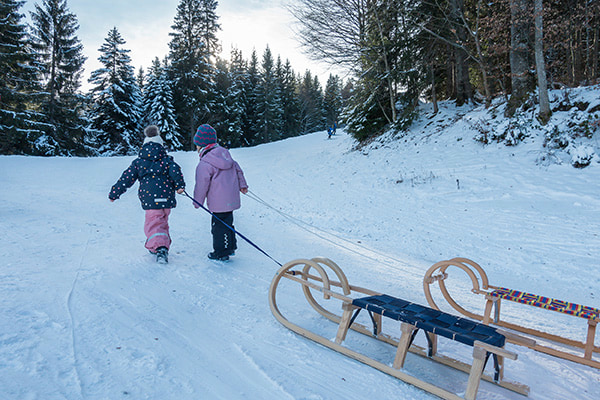 tips for hiking with children in winterMore
tips for hiking with children in winterMore -
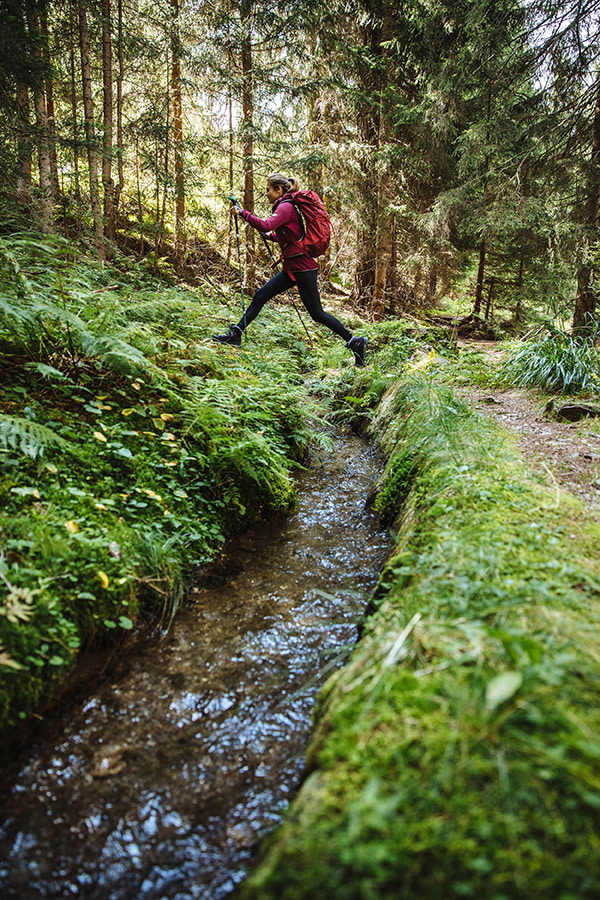 Tips for DIYMore
Tips for DIYMore -
 Tips for preserving biodiversityMore
Tips for preserving biodiversityMore -
 Tips from Digitize The PlanetMore
Tips from Digitize The PlanetMore -
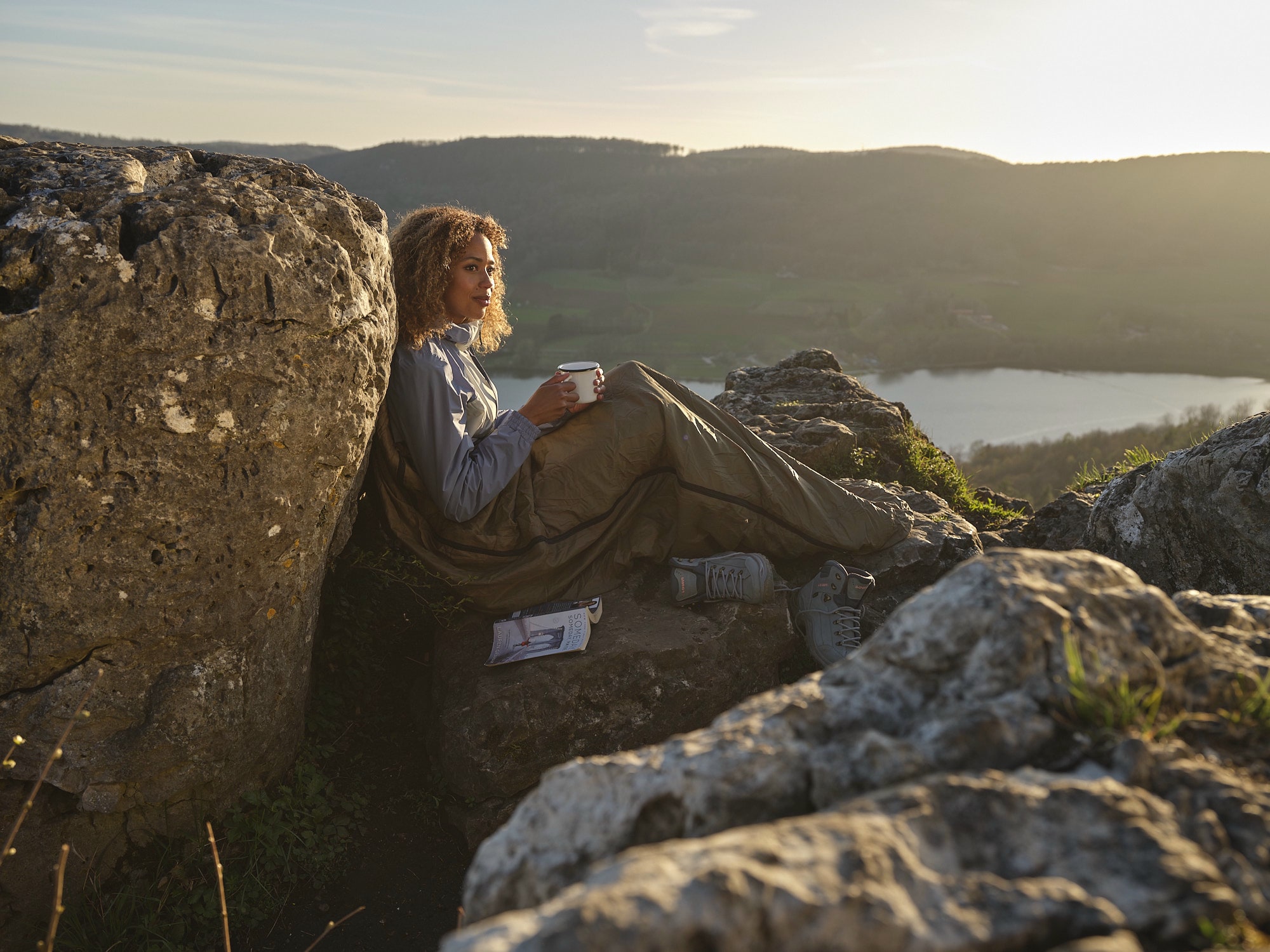 Tips for sleeping outdoorsMore
Tips for sleeping outdoorsMore -
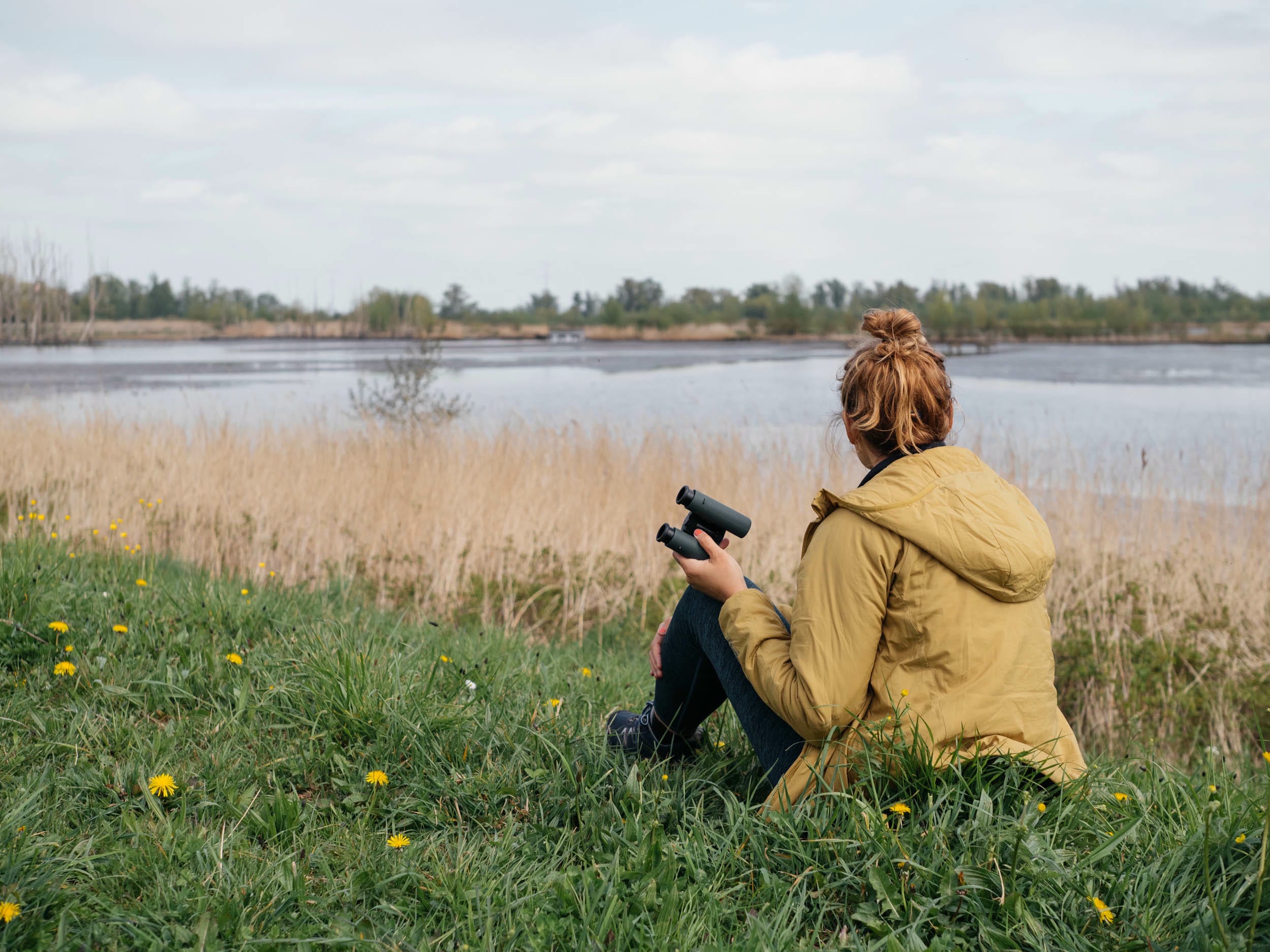 Tips for wildlife observationMore
Tips for wildlife observationMore -
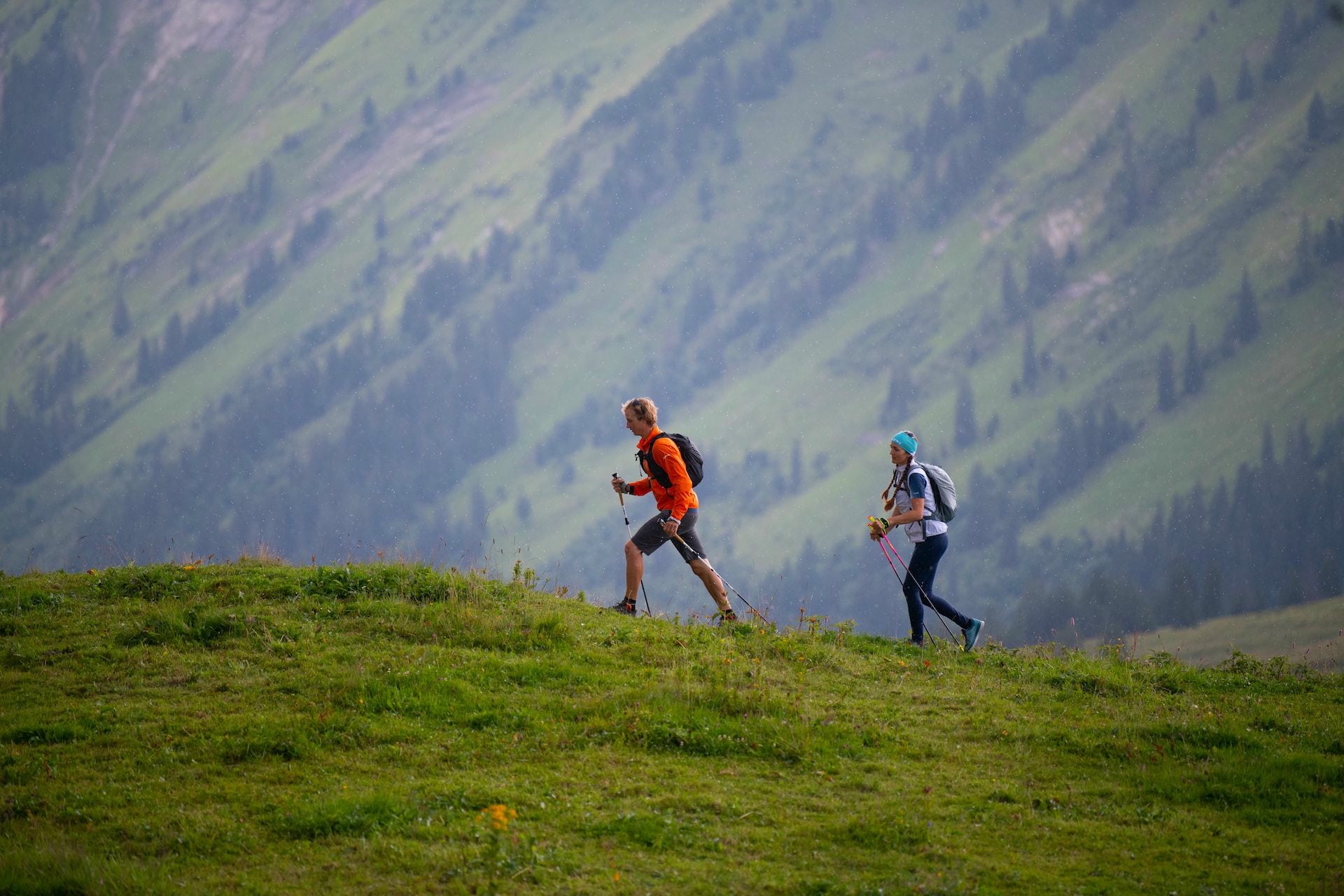 Tips for speed hikingMore
Tips for speed hikingMore -
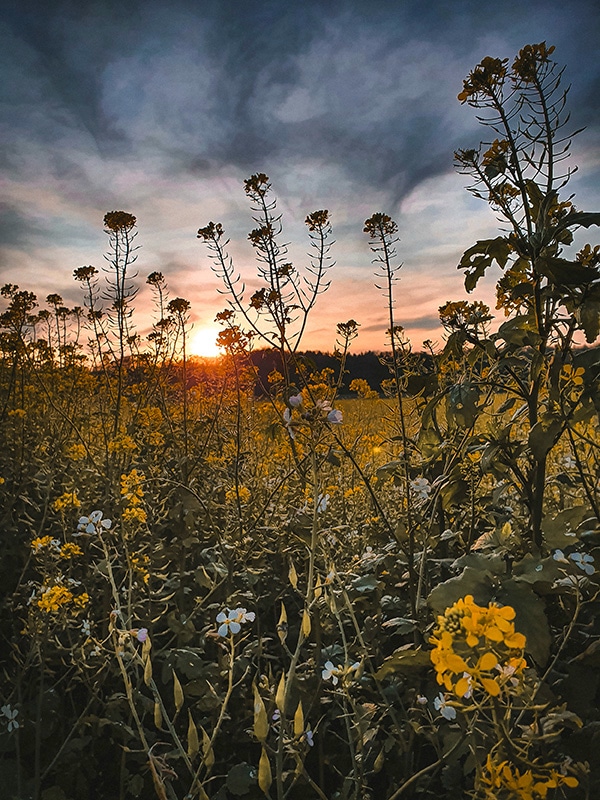 Tips for walks through forests and meadowsMore
Tips for walks through forests and meadowsMore -
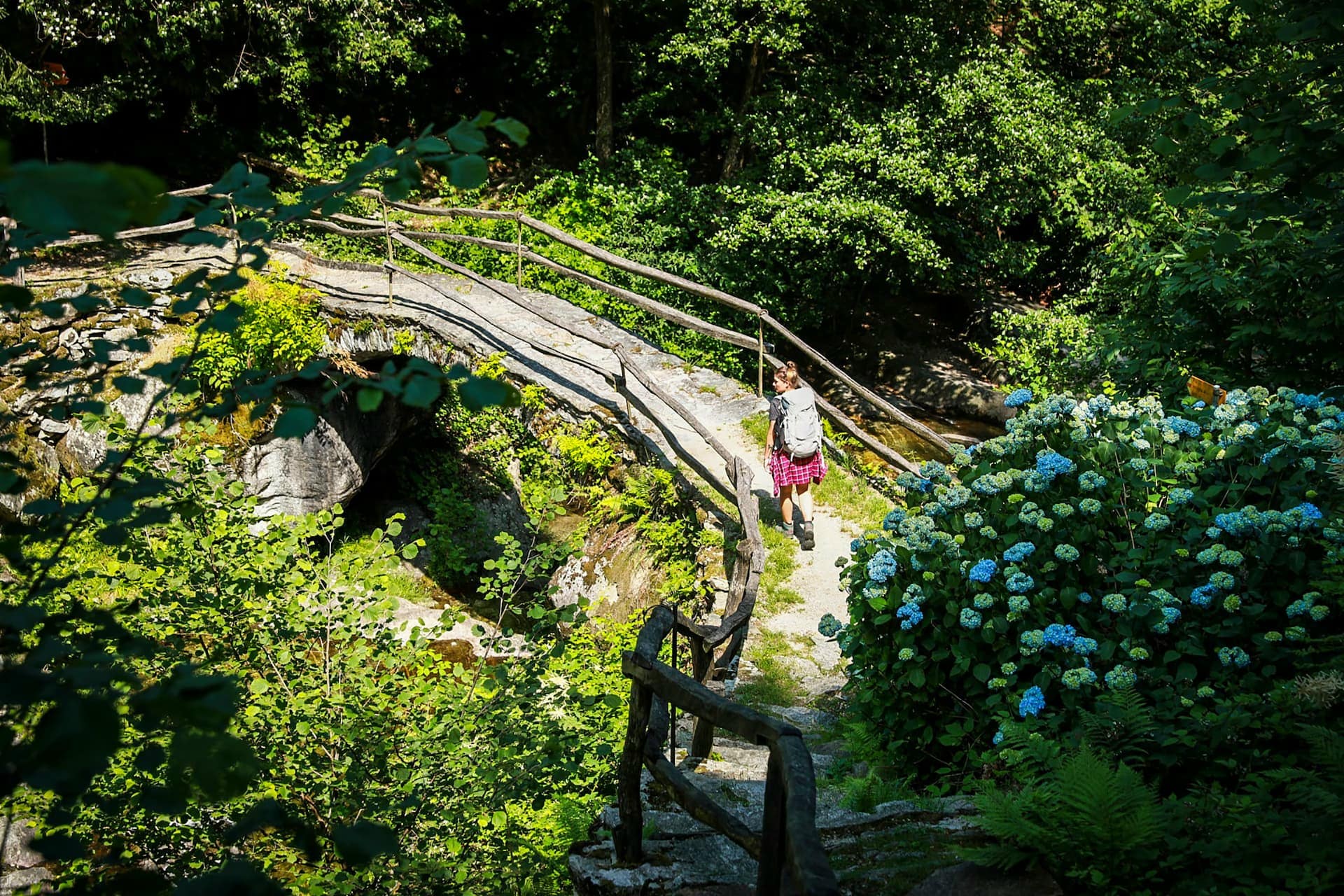 Tips for pilgrimage hikesMore
Tips for pilgrimage hikesMore -
 Tips for hike and fly in winterMore
Tips for hike and fly in winterMore -
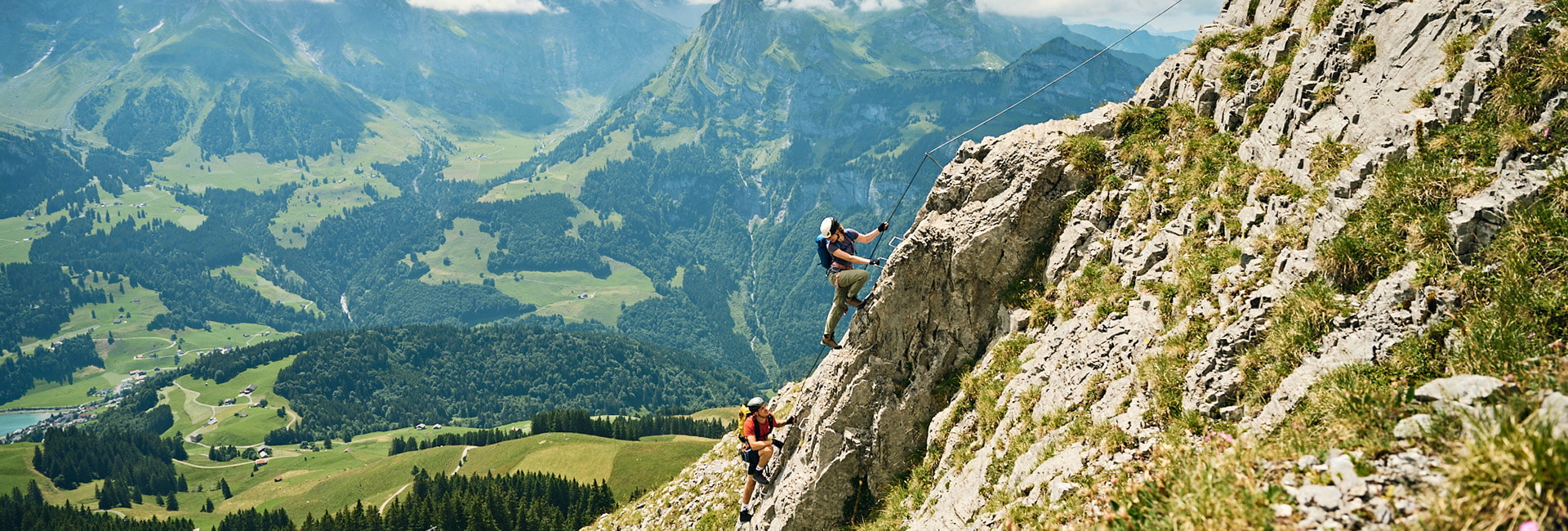 Tips for the via ferrataMore
Tips for the via ferrataMore -
 Tips for your entry into trail runningMore
Tips for your entry into trail runningMore -
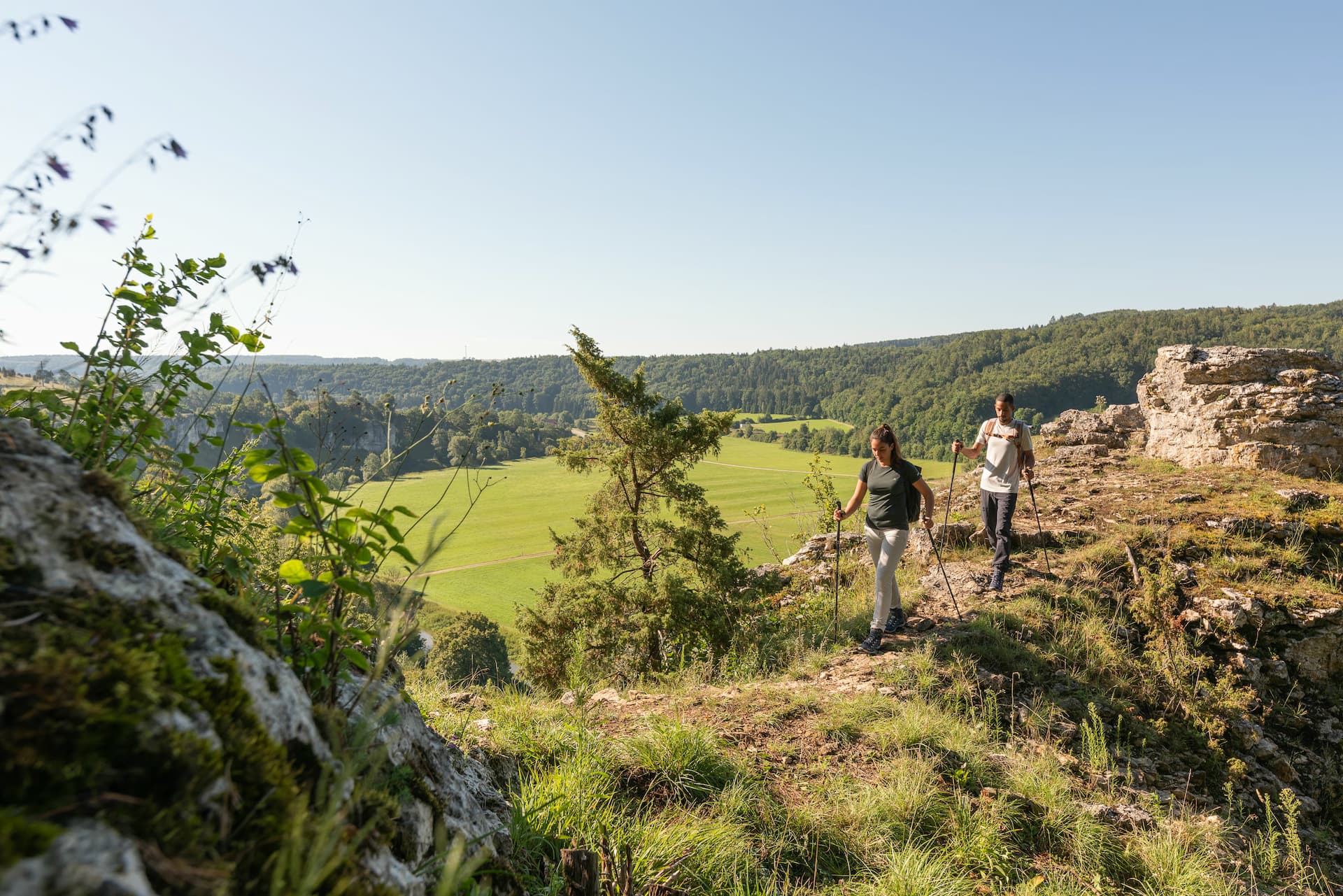 Tips for your mental healthMore
Tips for your mental healthMore -
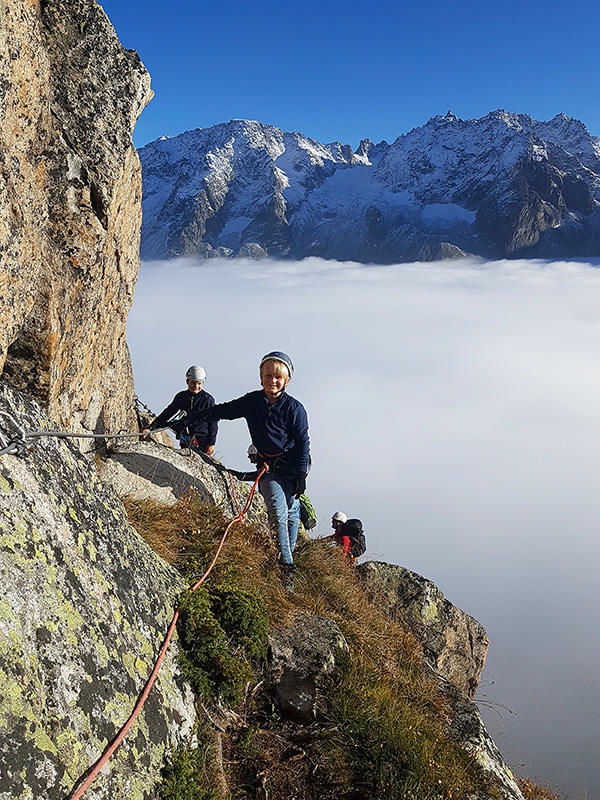 Tips for mountaineering with childrenMore
Tips for mountaineering with childrenMore -
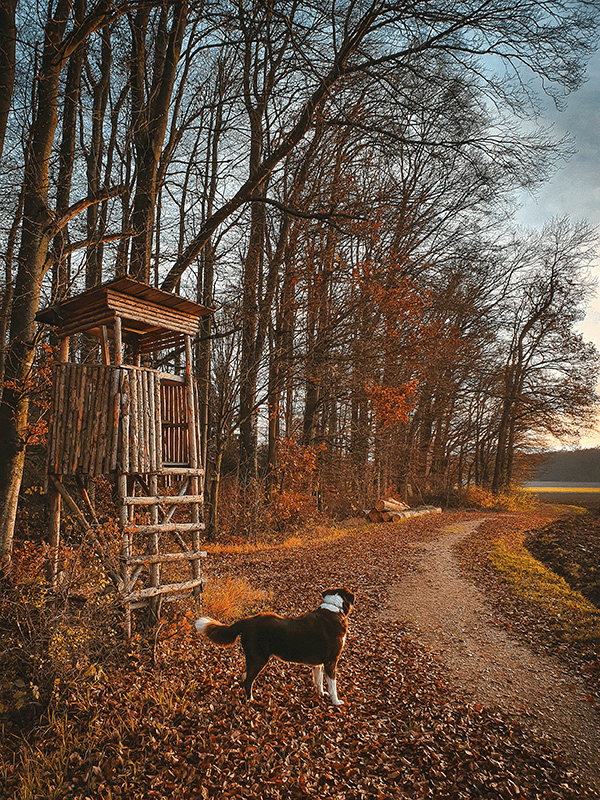 Walks with dogs in autumn and winterMore
Walks with dogs in autumn and winterMore -
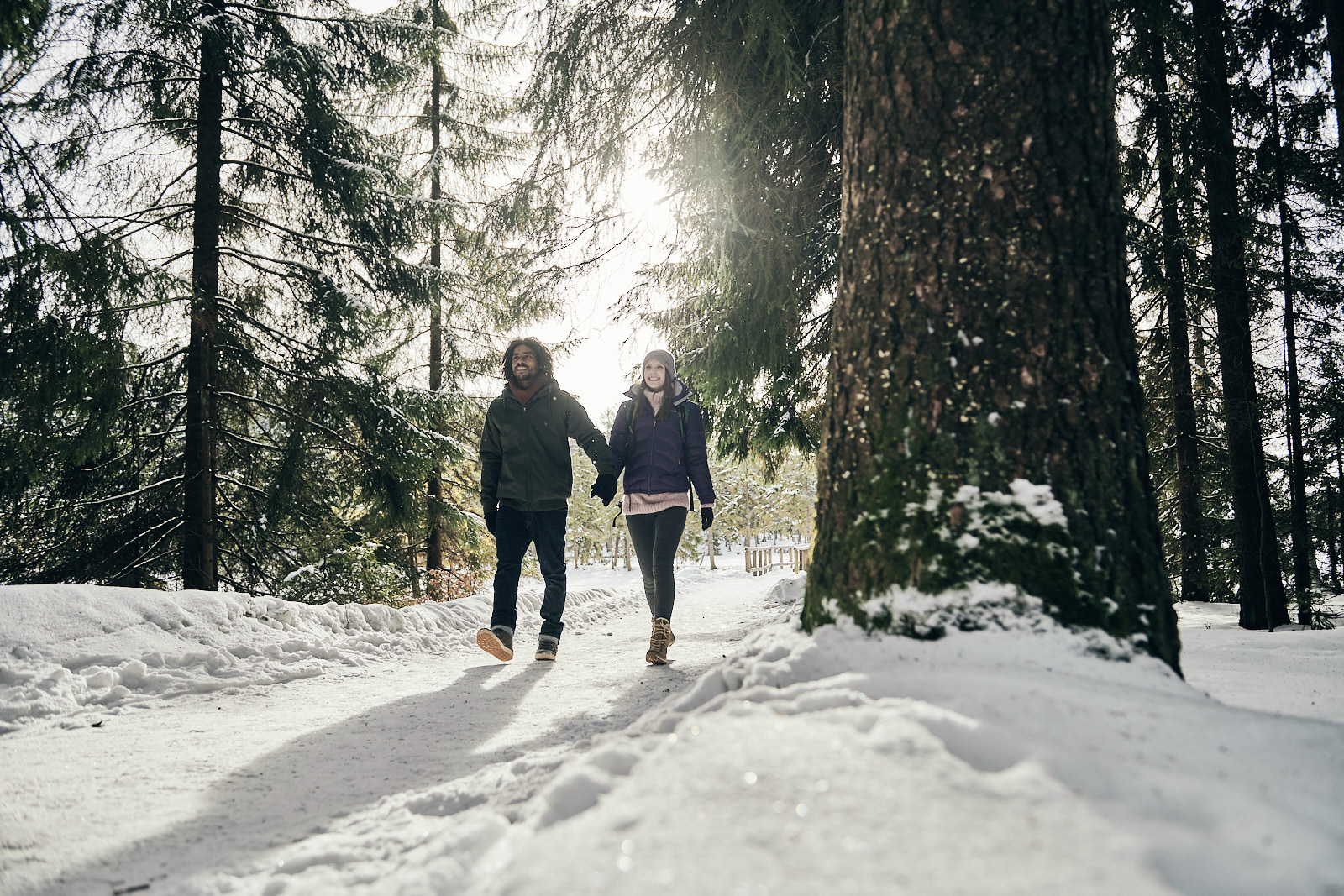 Winter magic walksMore
Winter magic walksMore -
 Safety on the mountainMore
Safety on the mountainMore -
 Shoe hacks for the cold seasonMore
Shoe hacks for the cold seasonMore -
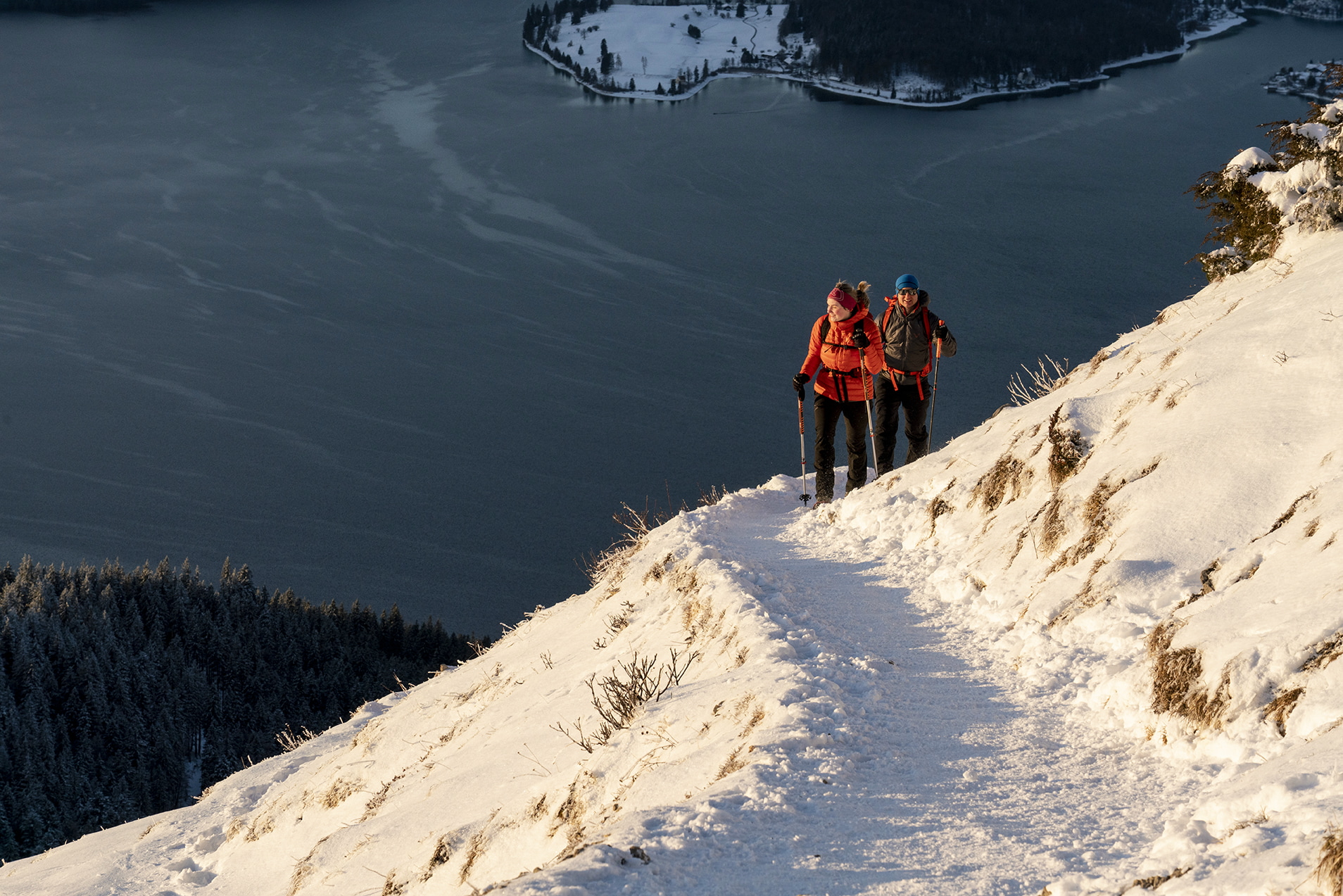 SnowshoeingMore
SnowshoeingMore -
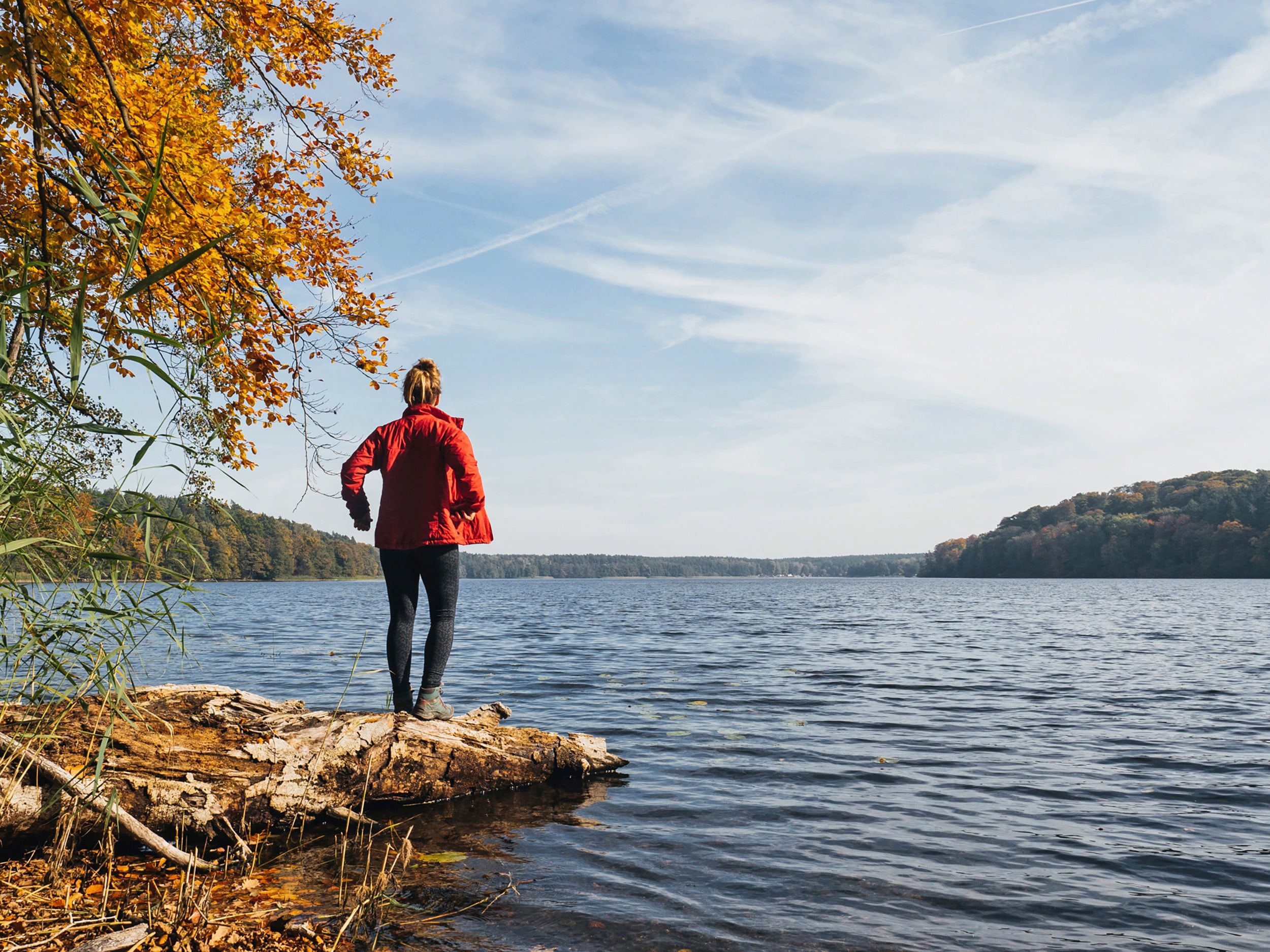 Rewild your lifeMore
Rewild your lifeMore -
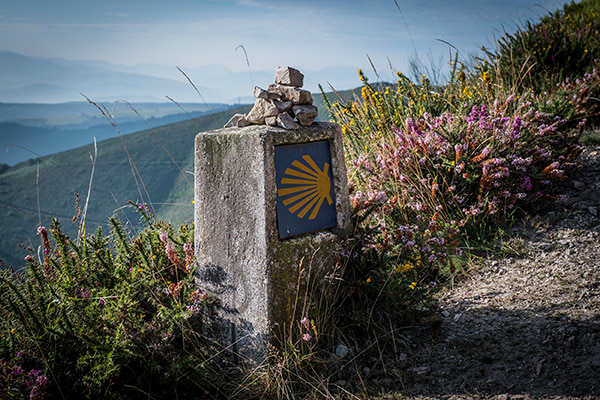 Pilgrimage on the Camino de SantiagoMore
Pilgrimage on the Camino de SantiagoMore -
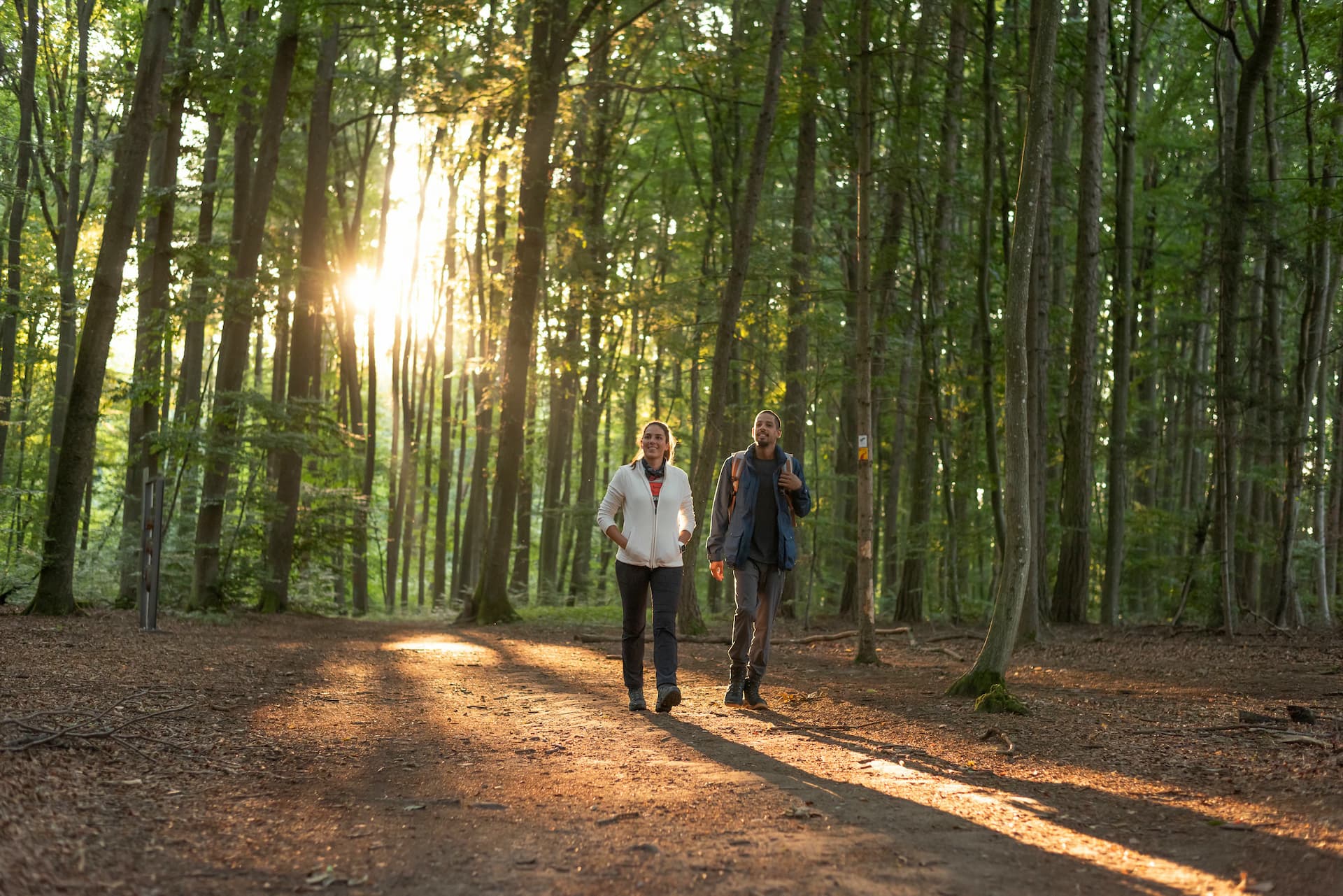 Sustainable hikingMore
Sustainable hikingMore

